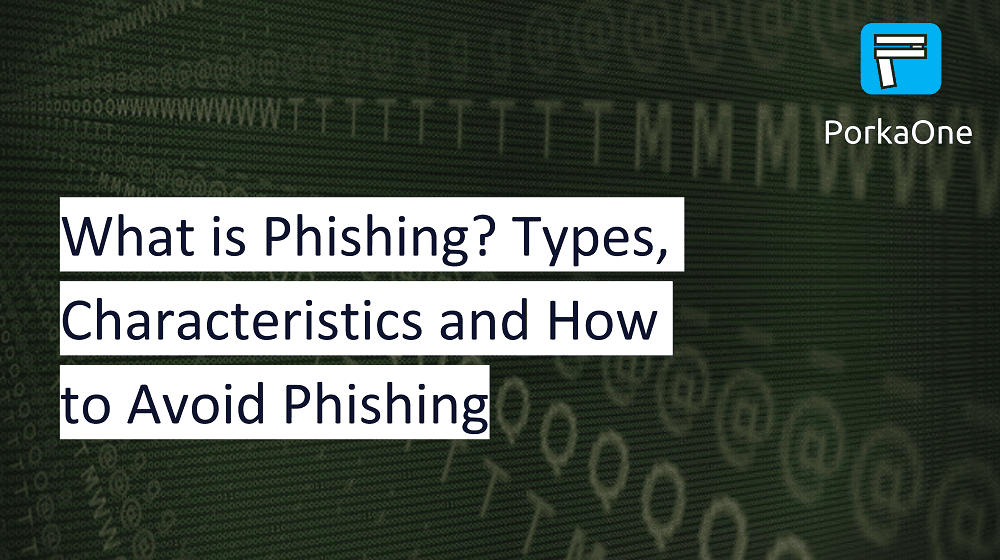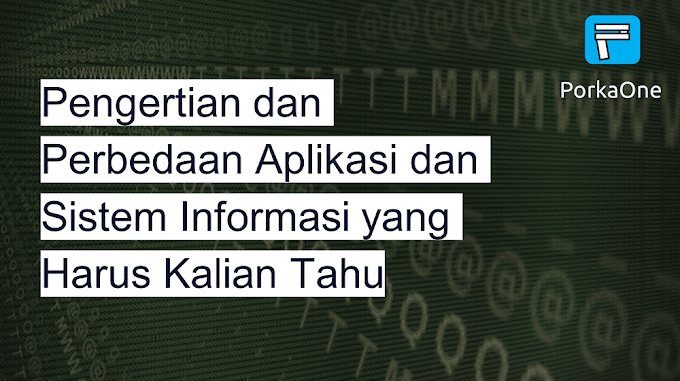What is Phishing?
Phishing is a method or method by committing fraud or a mode of tricking and deceiving the victim so that the victim suffers a loss. Phishing method can be done by taking personal data from the victim. The data stolen is usually personal data in the form of names, addresses, account information via ID, username and password, even financial data such as credit card numbers.
While there are many forms of phishing, it can be via email, web, spear and whaling phishing. The special feature of this phishing mode is that the email used usually uses a free domain. Perpetrators impersonate an institution or someone you can trust and then entice their victims with the lure of rewards or gifts.
Types of Phishing
Below is an explanation of the types or forms of phishing:
1. Phishing Email
This type of phishing uses email as a medium to trick its victims. The trick, this fake email is made as close as possible to the original email of an agency or institution and sent massively.
2. Spear Phishing
If phishing emails spread fake emails massively, then spear phishing sends emails only to certain targets. Spear Phishing can only be done if the information of the victim has been pocketed by the perpetrator.
3. Web Phishing
This type of phishing uses the website as a medium to deceive its victims. So the method is, the perpetrator will create a website that looks the same in terms of appearance and domain name from the official website. Phishing is also known as Domain spoofing.
4. Whaling
The way phishing works is similar to the type of spear phishing where the perpetrator targets a person who is authorized or has a high position in a specific organization or institution, so that the benefits from the access obtained will be more and more.
Phishing Characteristics
On average they use a free email domain such as @gmail.com or @yahoo.com, they should use an official email according to their company domain. The email contains a downloadable file or contains a link that directs you to a strange website. The perpetrator will ask the victim to reply to the message with an id and password for verification reasons. Perpetrators will generally impersonate a person or service you trust. Persuade the victim with the lure of rewards or gifts.
How to Avoid Phishing
Below we will discuss how to prevent you from becoming a victim of the Phishing:
1. Maintain email security.
2. Be careful when receiving e-mails, such as the name of the e-mail sender, the e-mail content, and the files or links contained in the e-mail.
3. enable two-factor authentication to increase account security.
4. be more careful and thorough in opening websites, such as checking the URL of the website and do not open links carelessly.
5. be careful if you are asked to send your personal data.







0 Comments
Come on ask us and let's discuss together
Emoji